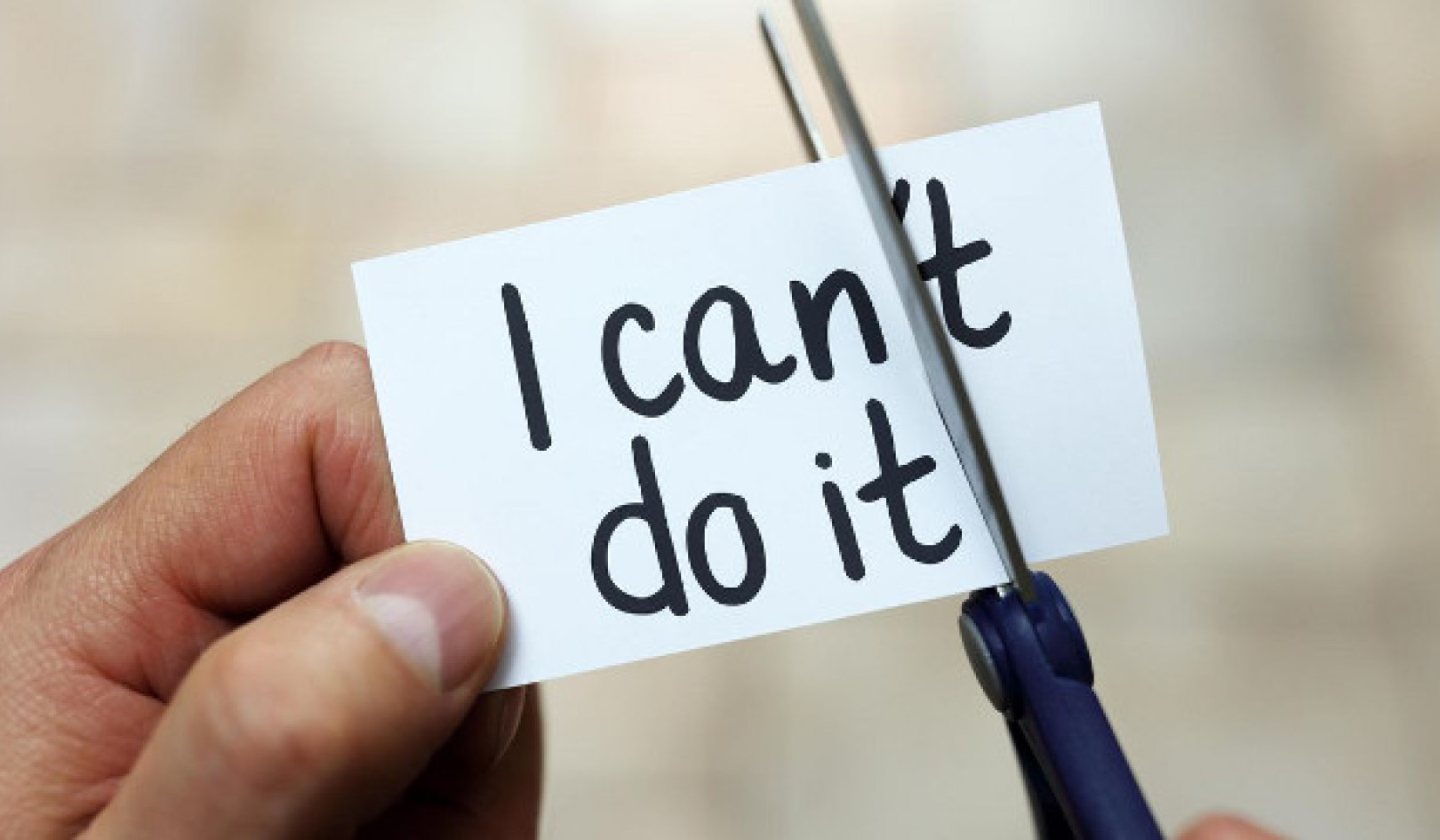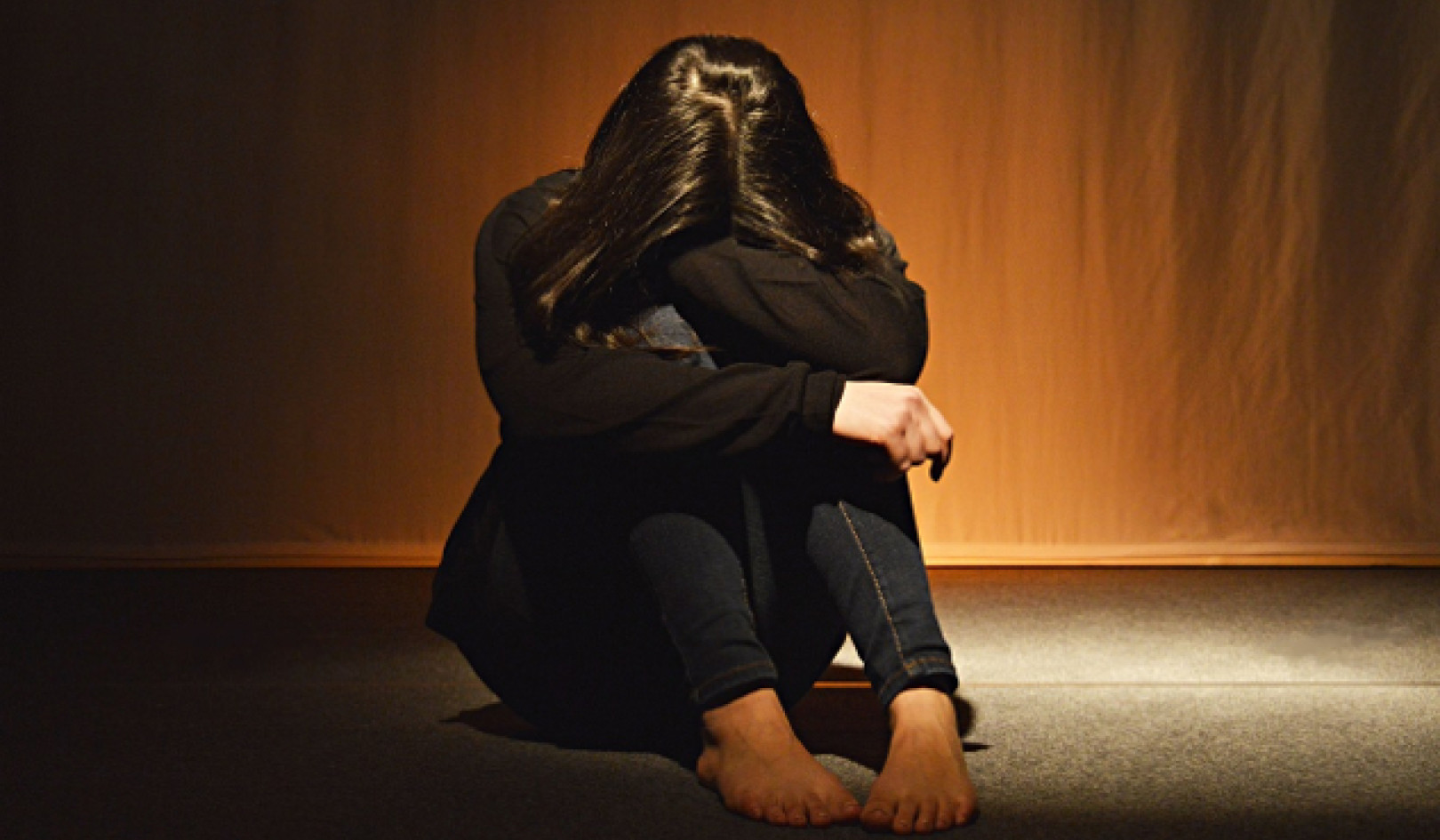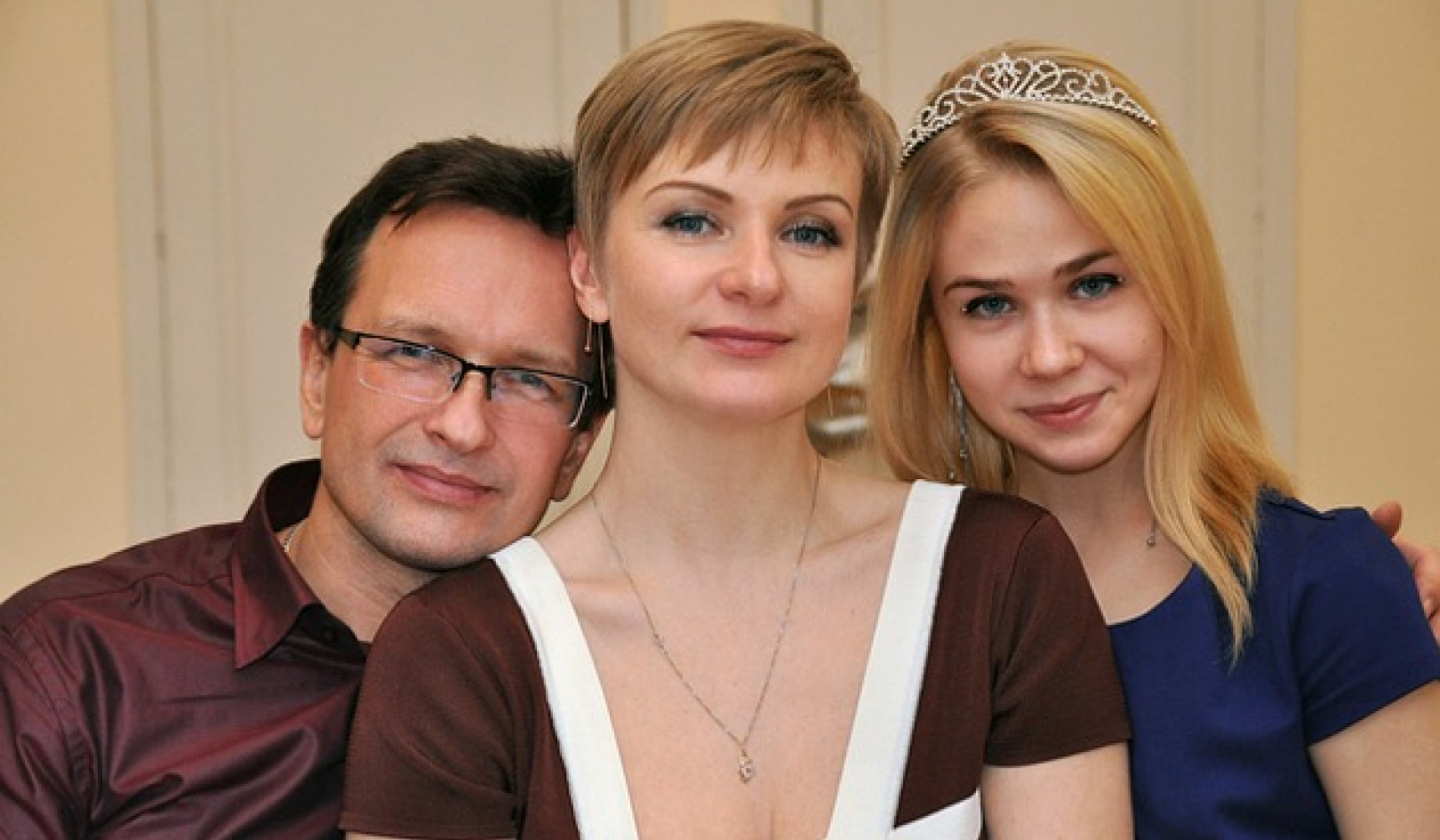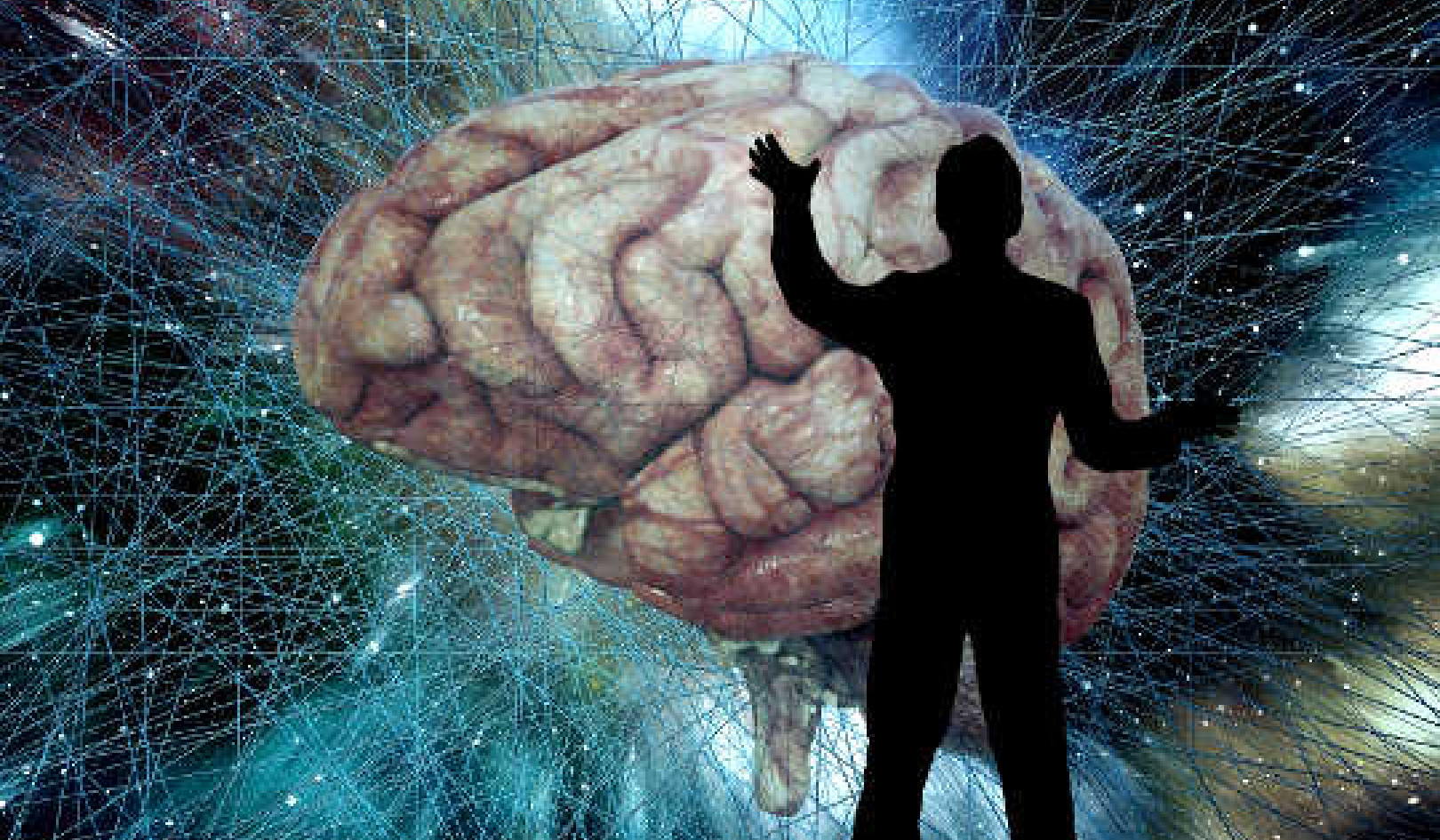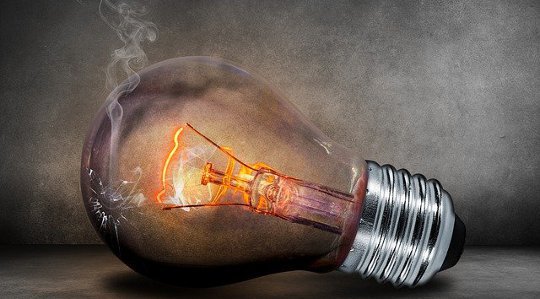
“Change your thoughts and you change your world.”
— Norman Vincent Peale
Random House Unabridged Dictionary defines guilt as “a feeling of responsibility or remorse for some offense, crime, wrong, etc., whether real or imagined.” Notice how it reads: “Real or imagined.”
Let us first recognize that guilt is an effect of some other cause. Guilt does not show up of its own accord. Guilt shows up as a result of something else that’s real or imagined.
It is very difficult to overcome, eliminate, or release guilt by attacking the guilty feeling itself. This would be equivalent to trying to cut down a tree by pulling off its leaves. Instead, we must first go to the root cause of the guilt, and then we can see guilt for what it is: an illusion.
Guilt Is An Ego-imposed State Of Mind
Guilt comes from the ego into our minds; it does not come from God. Occupying the mind with guilt, and all the thoughts and emotions that flow out of guilt, is yet another distraction the ego uses to stay in control of the mind to ensure its survival.
When we cut through the smoke and mirrors of guilt, we can see that the thoughts and emotions that appeared to ignite guilt were all made up. When our self-awareness “muscles” strengthen, we find that we’re less apt to fall into the default pattern of simply reacting to the unconscious flow of our thoughts and emotions.
Being aware of our thoughts and emotions empowers us to be able to “push the pause button” on the racing mind. It is within the space of the calm mind that we have the freedom to question the mind and potentially choose a different perspective. At any moment, we have the freedom to choose a different way of viewing any situation.
“Who Is Making Me Feel This Guilt?”
When we ask, “Who is making me feel this guilt?” we begin a process of unraveling the illusion of our guilt. If our initial answer to this question is, “Someone else” (that is, “So-and-so is making me feel guilty”), we need to put on the brakes and stop our thought process right then and there. No one else can make us feel guilty, until and unless we allow his or her potential efforts to succeed.
You may say, “Well I don’t allow So-and-so to make me feel guilty, he/she just does!” Not so. While it may be the case that So-and-so is trying to make you feel guilty (consciously or unconsciously), his/her efforts at trying to make you feel guilty are totally different than you allowing his/her efforts to have an effect on you. In other words, you have a choice! It is as simple as that (but perhaps not easy). You have a choice!
No longer do we just have to react to past patterns of what the ego feeds into our minds. When we slow down the racing, anxious, and reactive mind, we gain a sense of freedom and peace that comes into our awareness through knowing that we can choose what and how we think and feel.
Judging a Tree by Its Fruit
Turning our attention back to the self-imposed question asked earlier, “Who is making me feel this guilt?” Let us say, in a new example, that your answer to the question is, “I am making myself feel guilty.” Who is the “I” in the answer? Is it the “I” of the individual ego (the Lower Self), or the “I’’ of the Higher Self?
It may be helpful to think about it this way. We can determine the type of tree by the nature of its fruit. If we see apples on a tree, then we know the tree has to be an apple tree. If the fruit is a Lower Attribute (in this case, guilt), then the tree from which it hangs is the tree of the Lower Self. If the fruit is a Higher Attribute, such as forgiveness, then the tree on which the fruit of forgiveness hangs is the tree of the Higher Self. Once again, we can determine the type of tree by the nature of its fruit. In our life’s experiences, we’re in a seemingly constant process (or battle) of moving from Lower Attributes to Higher Attributes.
If and when guilt is experienced, if it’s not transmuted from its Lower Attribute state into a Higher Attribute state, the guilt can take on a life of its own: A person could hang on to guilt for weeks, months, and even, in some cases, years. The guilt that a person has kept alive for months or years can become so attached to the person that he or she identifies and perhaps even defines who he/she thinks he/she is around the guilt. By this time, it is likely that the initial feeling of guilt evolved into other thought and feeling forms, such as unhappiness, blame, resentment, and anger.
Cutting Down the Guilt Tree
Guilt stays alive only by us living in the past. Guilt has no life of its own when we live in the present moment. The good news is, remembering that the guilt originally started as a made-up illusion, it’s never too late to make the choice of cutting down the guilt tree.
We can cut down the guilt tree, essentially dissolving guilt into its opposite.
Please remember, all the while you are going through the dramas of life that you create, your true nature (the Atman, the Christ, the Higher Self within) remains untouched by the unfolding of life’s play and the vast illusions of fear and guilt.
©2011 by Michael Jones. All Rights Reserved.
Reprinted with permission of the publisher,
SpiritSource Publishing. www.MichaelKJones.net
Article Source
 The Seven Victories of the Divine Child: Claiming Your Divine Inheritance
The Seven Victories of the Divine Child: Claiming Your Divine Inheritance
by Michael Jones.
Click here for more info or to order this book on Amazon.
About the Author
 Michael Jones has been involved in individual and group self-development, leadership, and coaching for over twenty-five years. He is an ordained Spiritualist minister and founding member of Spirit Source, an organization dedicated to providing spiritual guidance to those on a path of self-discovery. Michael writes, teaches classes, and hosts workshops on a variety of spiritual topics. You can visit his website at: www.MichaelKJones.net
Michael Jones has been involved in individual and group self-development, leadership, and coaching for over twenty-five years. He is an ordained Spiritualist minister and founding member of Spirit Source, an organization dedicated to providing spiritual guidance to those on a path of self-discovery. Michael writes, teaches classes, and hosts workshops on a variety of spiritual topics. You can visit his website at: www.MichaelKJones.net






















